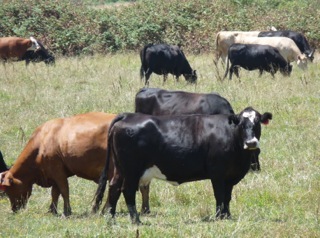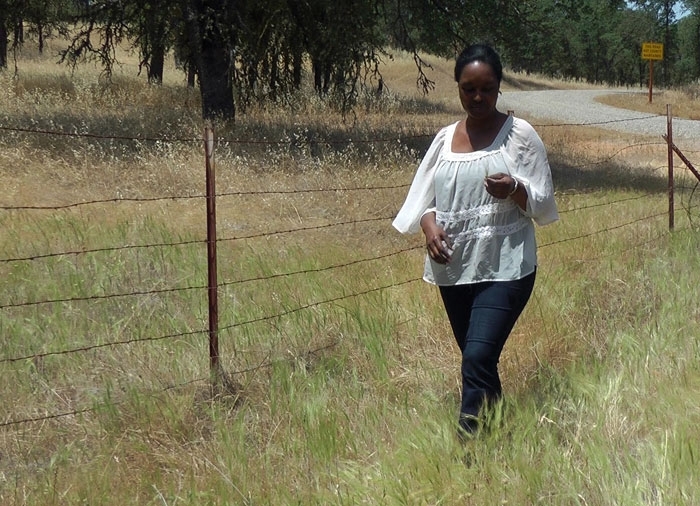USDA Disaster Assistance to Help Thousands of Honeybee, Livestock and Farm-Raised Fish Producers
The USDA announced that nearly 2,500 applicants will receive disaster assistance through the Emergency Assistance for Livestock, Honeybees, and Farm-Raised Fish Program (ELAP) for losses suffered from October 1, 2011, through September 30, 2013.
The program, re-authorized by the 2014 Farm Bill, provides disaster relief to livestock, honeybee, and farm-raised fish producers not covered by other agricultural disaster assistance programs. Eligible losses may include excessive heat or winds, flooding, blizzards, hail, wildfires, lightning strikes, volcanic eruptions, and diseases, or in the case of honeybees, losses due to colony collapse disorder. Beekeepers, most of whom suffered honeybee colony losses, represent more than half of ELAP recipients.
“As promised, we’re making sure that thousands of producers who suffered through two and a half difficult years without Farm Bill assistance, are getting some relief,” said Agriculture Secretary Tom Vilsack. “Once the Farm Bill was restored, not only did we implement the disaster assistance programs in record time, we’re issuing payments less than three months after the enrollment deadline. The funds will hopefully help producers with some of the financial losses they sustained during that time.”
The Farm Bill caps ELAP disaster funding at $20 million per federal fiscal year. To accommodate the number of requests, which exceeded funds available for each of the affected years, payments will be reduced to ensure that all eligible applicants receive a prorated share of assistance.
ELAP was made possible through the 2014 Farm Bill, which builds on historic economic gains in rural America over the past five years, while achieving meaningful reform and billions of dollars in savings for the taxpayer. Since enactment, USDA has made significant progress to implement each provision of this critical legislation, including providing disaster relief to farmers and ranchers; strengthening risk management tools; expanding access to rural credit; funding critical research; establishing innovative public-private conservation partnerships; developing new markets for rural-made products; and investing in infrastructure, housing and community facilities to help improve quality of life in rural America. For more information, visit www.usda.gov/farmbill.
To learn more about USDA Farm Service Agency (FSA) disaster assistance programs, visit the FSA factsheet page at www.fsa.usda.gov/factsheets or contact your local FSA office at http://go.usa.gov/pYV3.






















